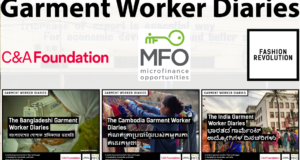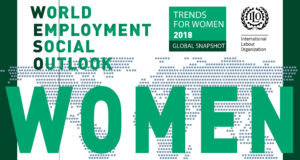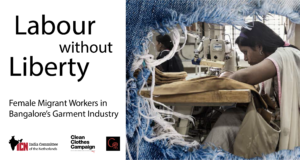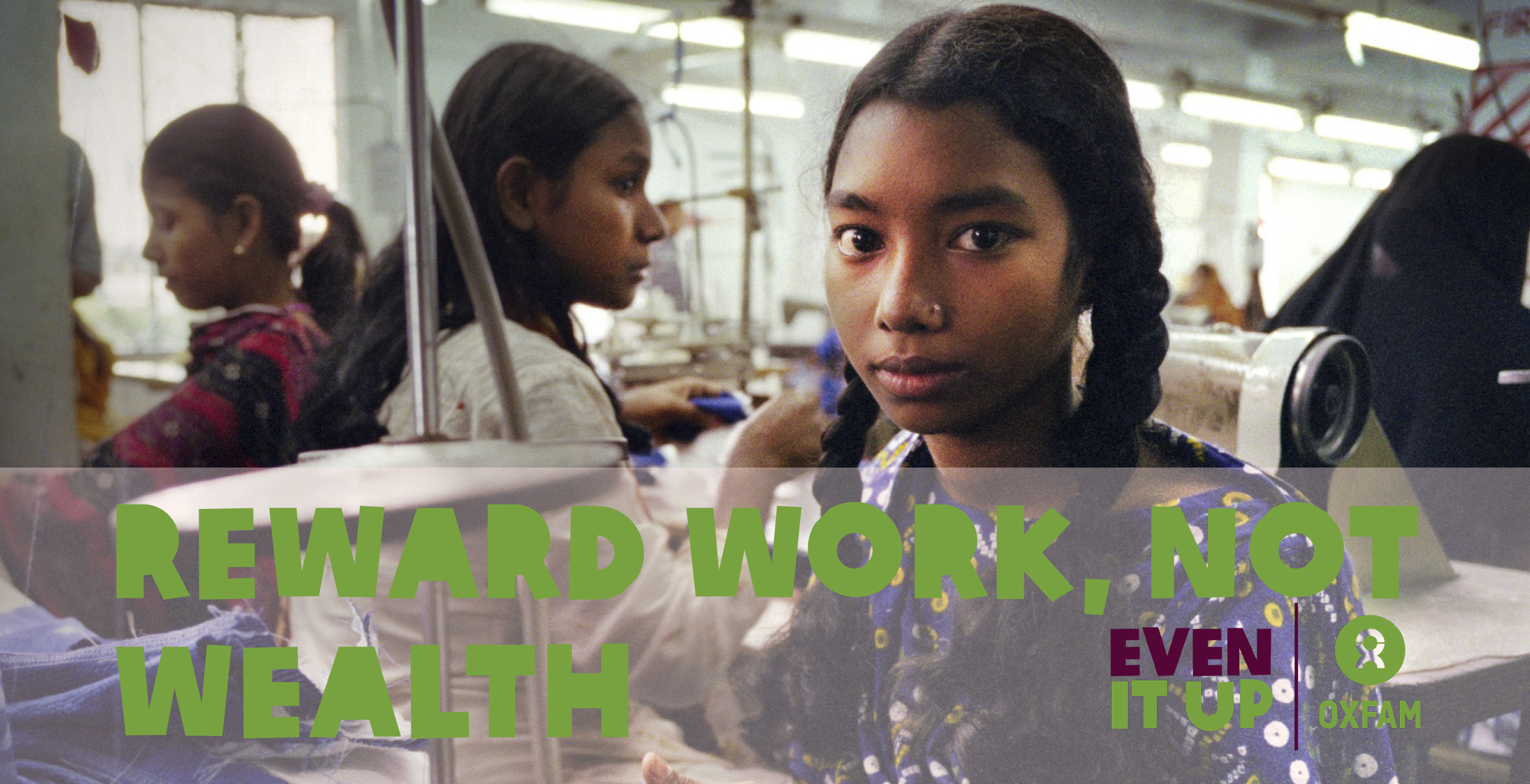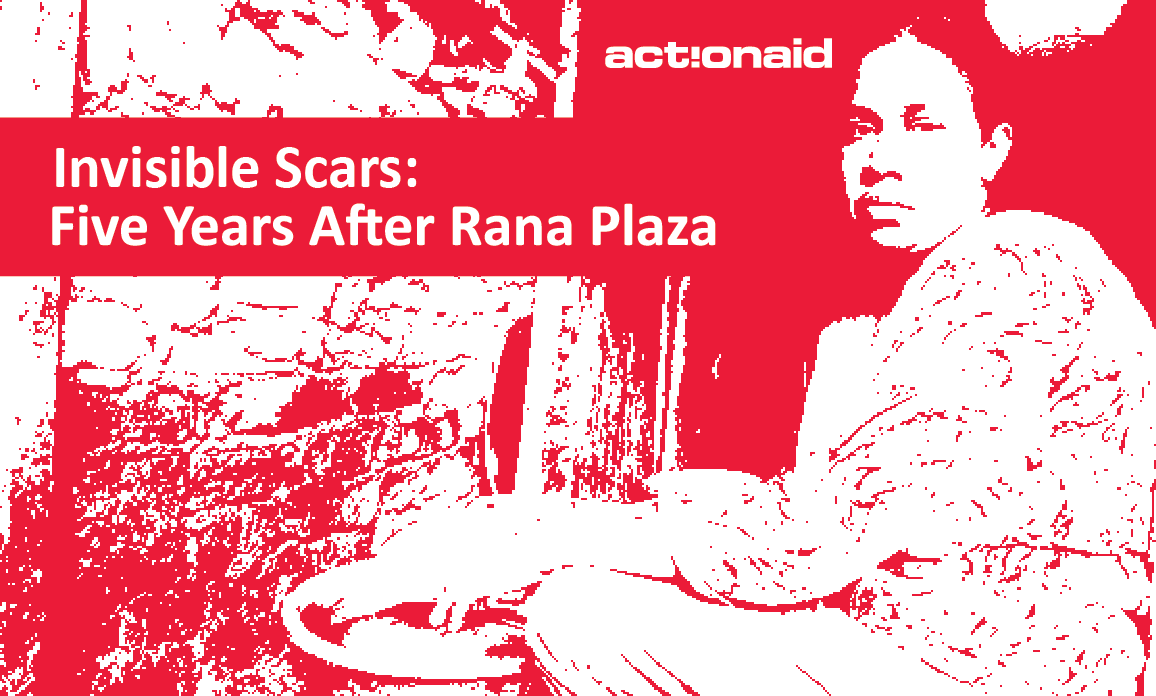
A survey conducted by Action Aid Bangladesh has found that around half of the Rana Plaza survivors have been left unable to work.
Just under half of those currently out of work are said to still be contending with a variety of physical and mental health conditions related to the disaster, while many survivors who have found work continue to face low wages and are yet to receive compensation.
The report titled ‘Invisible Scars: Five Years After Rana Plaza’ shows that 51.3% of survivors are engaged in various types of wage and self-employment, while 48.7% of survivors are not working due to their physical and mental weaknesses.
Action Aid Bangladesh conducted the follow up survey on 200 survivors of the Rana Plaza building collapse that killed over 1,135 RMG workers in 2013.
The objective of the survey was to understand the level of progress in the rehabilitation and reintegration of Rana Plaza victims. The findings are based on the perception and acknowledgement of respondents.
Of the surveyed survivors, some could not return to work due to physical or mental weakness.
Of those who are unemployed, the majority have not worked in the last 6 months.
The survivors who are currently employed are engaged in different types of activities.
21.6% of the survivors have returned to garments factories, while a similar percentage is working as day labourers.
This is a significant change from the last survey, where only 2% were working as day labourers.
AAB developed a database of some 1400 survivors in 2013 and interviewed around 200 out of them through telephone to know about their rehabilitation and reintegration progress following the tragedy.
The organisation also asked them about their physical and psychological wellbeing and economic condition.
In the survey, it was also found that 12% said that their condition is getting worse, 70.5% are more or less stable, and 17.5% are completely stable.
Those among the 12% who reported that their condition is deteriorating in the current survey complained of headaches, pain in the hands and legs, and back pain, as some of the major problems.
In terms of psychological health, 22.5% are still in trauma in comparison to the 30.8% reported in the previous survey. Currently, 63% reported that they are more or less stable and 14.5% have recovered fully.
The monthly household income for 4.5% of the survivors is Tk 5,000 or less whereas the minimum wage in the garment sector is Tk 5,300.
The income of 60.6% of workers ranges between Tk 5,001 and Tk 10,000 and it is more than Tk 10,000 for 34.8%, with the major expenditures being in food, house rent, children’s education and treatment.
The report reaffirms the need to continue the social dialogue for a broader accountability framework for the global fashion brands that should be in place to ensure workers safety and basic rights.
 CPD RMG Study Stitching a better future for Bangladesh
CPD RMG Study Stitching a better future for Bangladesh
